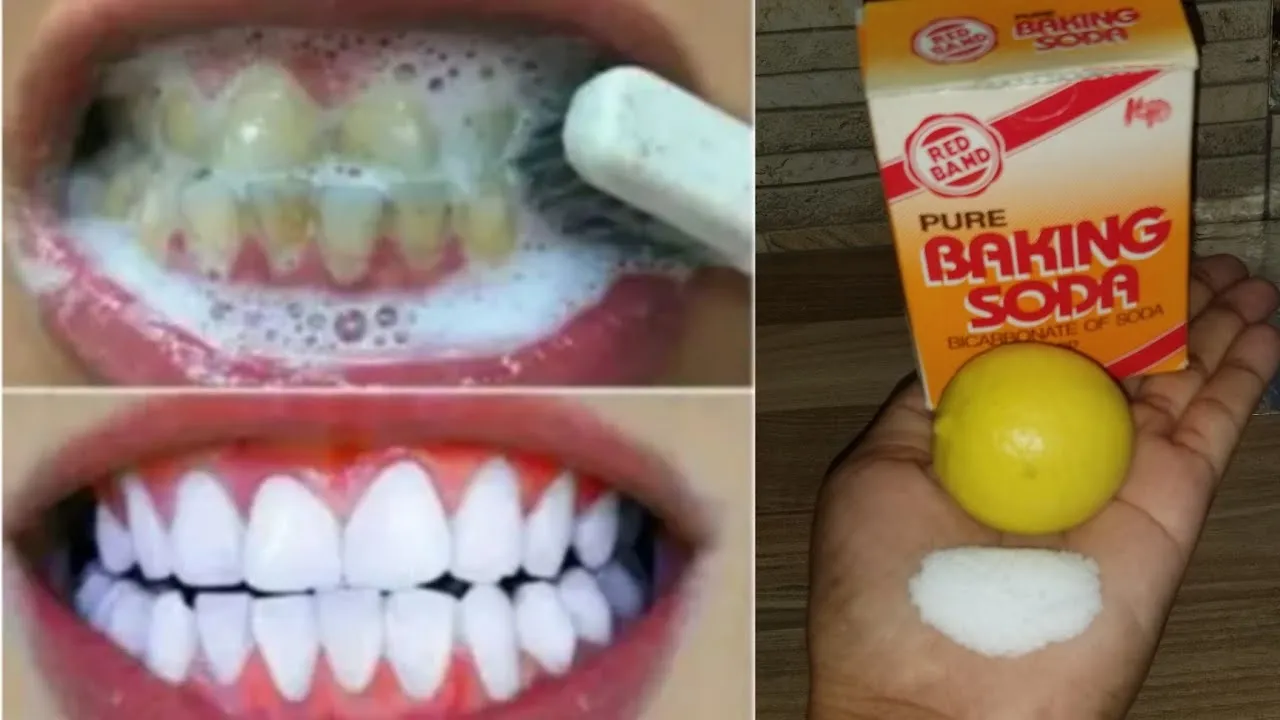The Science Behind Baking Soda and Lemon for Teeth Whitening
The quest for a brighter smile often leads individuals to explore various home remedies. Among these, the combination of baking soda and lemon juice for teeth whitening has gained significant attention. While the appeal of natural, readily available solutions is understandable, understanding the underlying science is crucial. Both ingredients possess unique properties that contribute to the whitening process, but their use also comes with potential risks. Let’s delve into the mechanics of how baking soda and lemon interact with your teeth, and why they might appear to work.
How Baking Soda Works
Baking soda, chemically known as sodium bicarbonate, functions primarily as a mild abrasive. Its tiny, granular structure helps to physically scrub away surface stains from the teeth. These stains often result from consuming dark-colored beverages like coffee, tea, and wine, as well as certain foods and smoking. The abrasive action of baking soda can dislodge these stains, leading to a perception of whiter teeth. However, this action is not a bleaching effect; it’s simply stain removal. It’s important to remember that the effectiveness of baking soda in this capacity varies depending on the type and severity of the stains.
The Abrasive Nature of Baking Soda
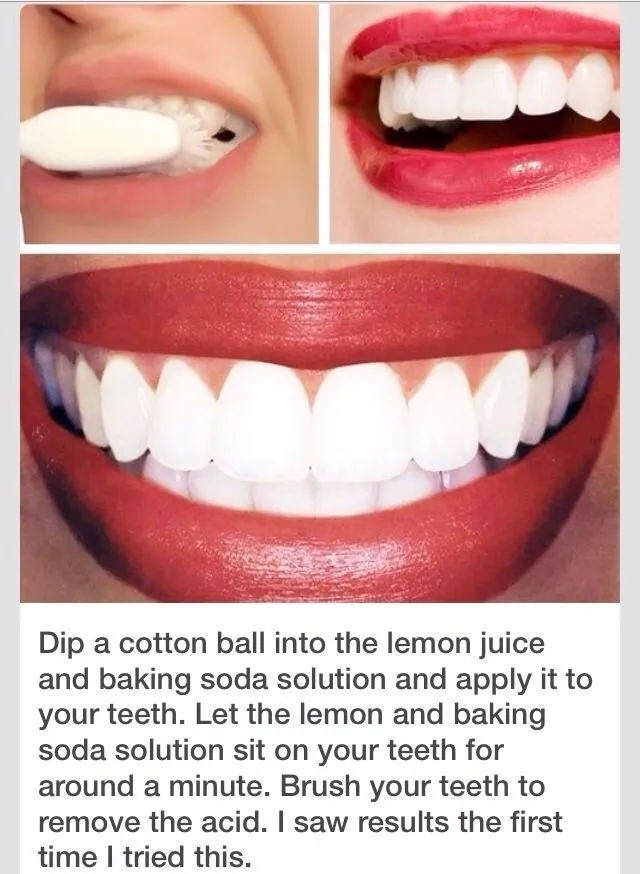
The key characteristic of baking soda in teeth whitening is its abrasiveness. While mild compared to some harsher substances, prolonged or aggressive use can lead to the erosion of tooth enamel. Enamel is the hard, protective outer layer of your teeth, and once it’s worn away, it does not regenerate. This erosion can make teeth more vulnerable to cavities, sensitivity to hot and cold foods, and even discoloration over time. Therefore, it’s essential to use baking soda cautiously and sparingly, if at all, as a whitening agent, and to consider its abrasive potential carefully.
How Lemon Juice Contributes
Lemon juice, being highly acidic, is the other half of this popular whitening duo. The citric acid in lemon juice has a bleaching effect, which is why it’s often used in cleaning products. When applied to teeth, lemon juice can help to break down stains. However, this powerful acidity also presents significant risks. The high acidity can erode tooth enamel, making teeth more susceptible to damage and sensitivity. The potential for enamel erosion is a serious concern, as it can lead to long-term oral health problems. Combining lemon juice with baking soda creates a fizzing action, but it also intensifies the acidic impact on your teeth.
Citric Acid’s Role in Whitening
Citric acid, the primary component of lemon juice, is a natural bleaching agent. Its chemical properties allow it to break down certain types of stains on tooth surfaces. However, this same acidity can weaken and damage tooth enamel. The more frequently you expose your teeth to citric acid, the greater the risk of erosion. The gradual wearing away of enamel can expose the underlying dentin, making teeth appear more yellow and increasing sensitivity. Furthermore, enamel erosion cannot be reversed, making it a crucial aspect to consider before using lemon juice for teeth whitening.
Top 5 Facts About Baking Soda and Lemon for Teeth Whitening
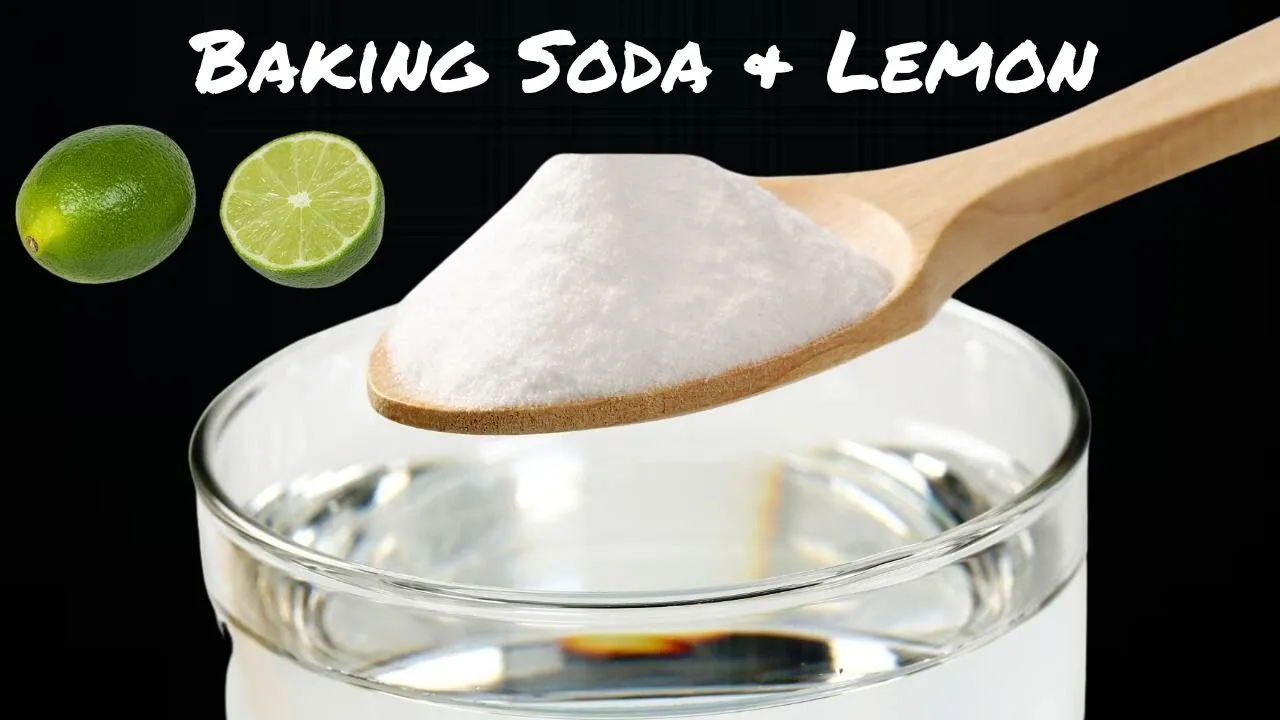
Fact 1 Mild Abrasive Action
Baking soda can help remove surface stains. Its abrasive nature can scrub away the build-up from coffee, tea, and other stain-causing foods and drinks, leading to a brighter appearance. However, this action doesn’t change the intrinsic color of your teeth; it only removes external stains. Using baking soda excessively can damage the enamel, which can make your teeth more susceptible to cavities and sensitivity.
Fact 2 Natural Stain Removal
The combination is a natural remedy and easily accessible. Both baking soda and lemon juice are readily available and inexpensive. This makes it a tempting option for those seeking a quick and affordable way to whiten their teeth. But, convenience must be balanced with the potential risks. It’s essential to understand that natural doesn’t always equate to safe, especially when it comes to the health of your teeth.
Fact 3 Potential for Sensitivity
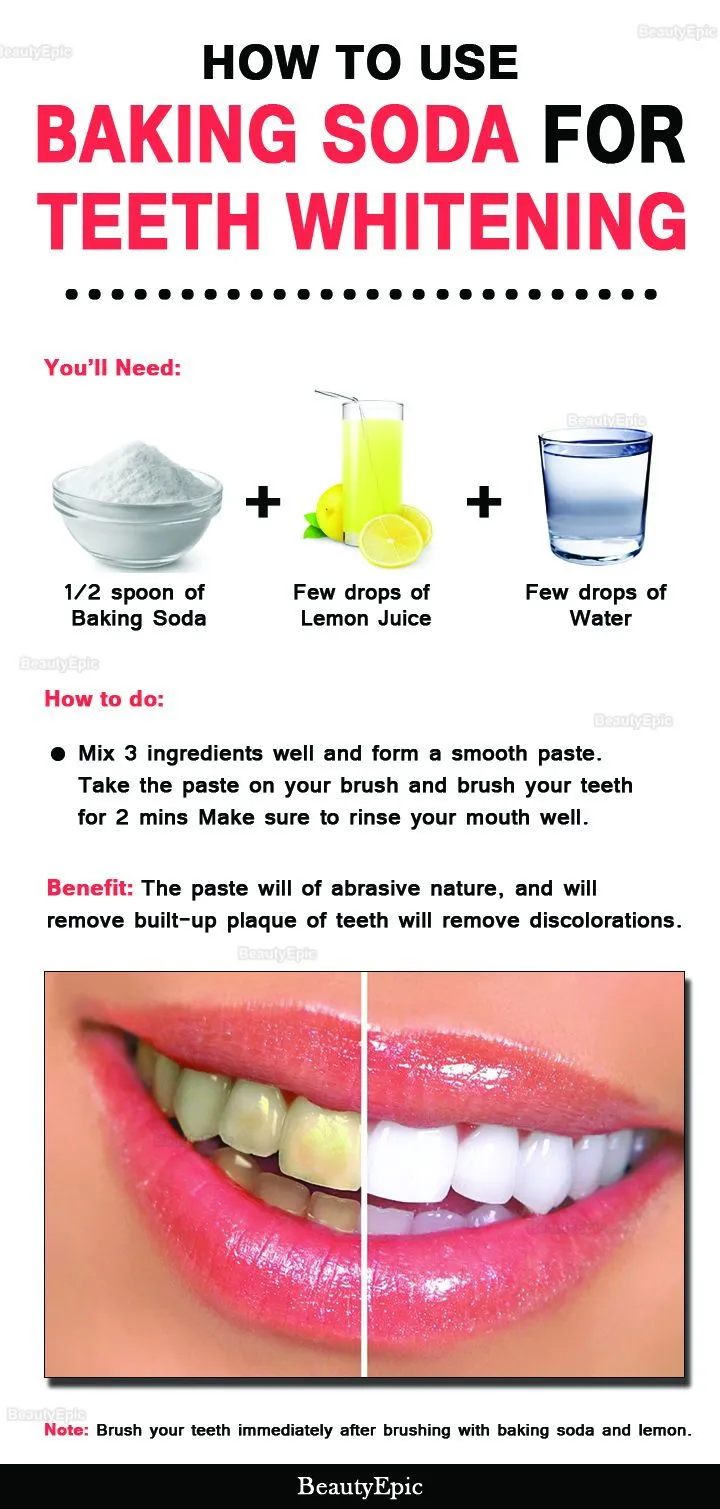
Lemon juice’s high acidity can increase tooth sensitivity. The acid can erode the enamel, exposing the dentin underneath, which contains nerve endings. This can lead to heightened sensitivity to hot and cold temperatures, and even to sweet or sour foods. This sensitivity can be a temporary effect, but in some cases, it can become chronic if enamel erosion progresses. Therefore, it’s crucial to monitor your teeth for any signs of sensitivity when using this method.
Fact 4 Risk of Enamel Erosion
The biggest concern is the potential for enamel erosion. Both the abrasive nature of baking soda and the acidity of lemon juice can gradually wear down the enamel. Enamel erosion can lead to long-term oral health issues, including increased risk of cavities, tooth sensitivity, and discoloration. This erosion is irreversible, making it a serious consideration. Once enamel is gone, it doesn’t grow back. Regular dental check-ups are essential to monitor for enamel damage.
Fact 5 Limitations and Alternatives
The effectiveness is limited, and safer alternatives exist. While it may provide temporary results, the effects of this method are often superficial and short-lived. The risks associated with it often outweigh the benefits. Professional teeth whitening treatments, over-the-counter whitening products, and lifestyle changes (like reducing coffee intake) offer safer and more effective options. Consulting a dentist can help you determine the best teeth whitening approach for your individual needs.
Proper Application and Usage
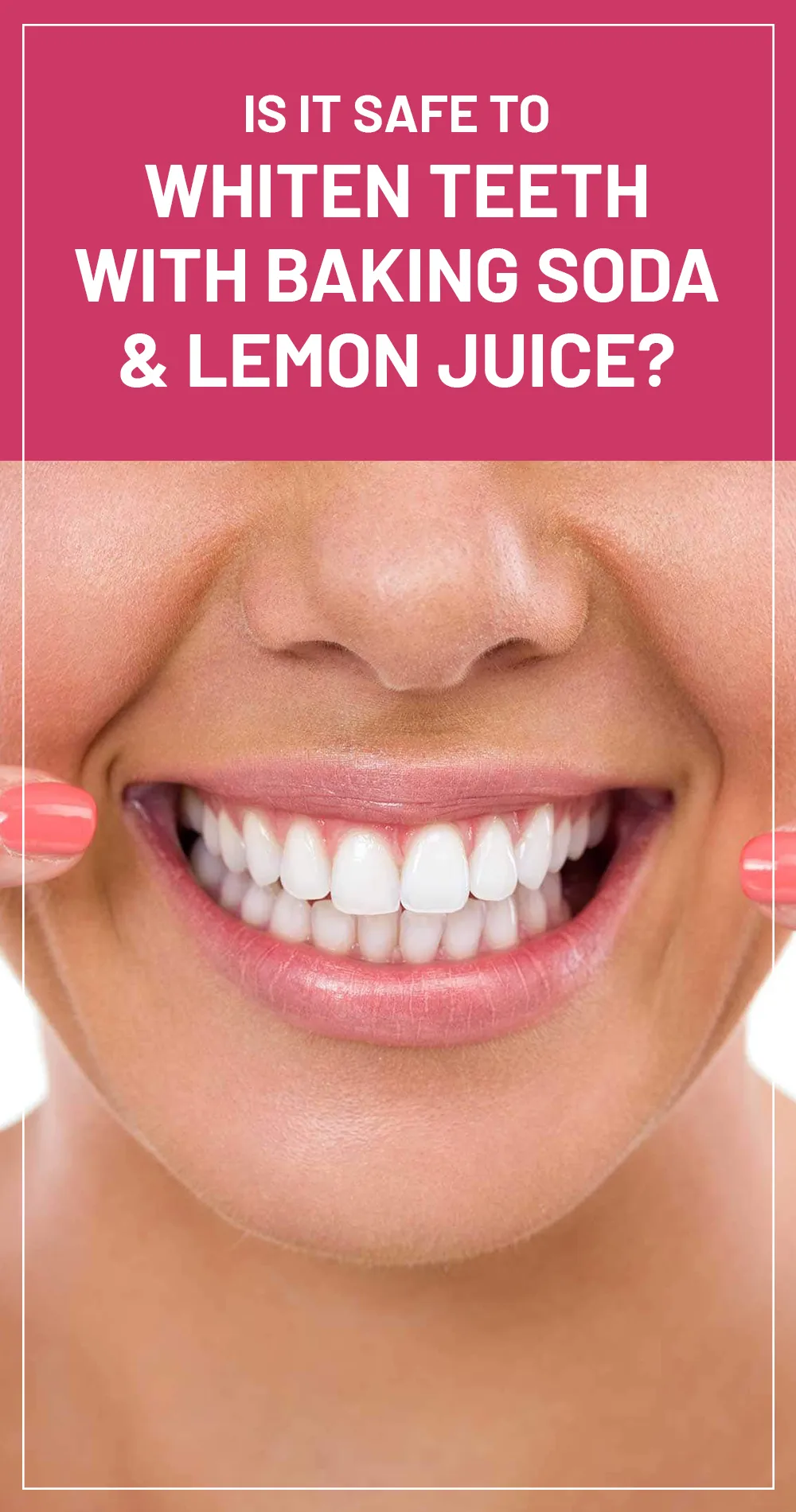
Recommended Method
If you choose to use this method, use it cautiously. Mix a small amount of baking soda with a few drops of lemon juice to form a paste. Apply it to your teeth with a soft toothbrush, gently brushing for no more than two minutes. Rinse thoroughly with water afterward. Be mindful of any signs of sensitivity or irritation. It’s also best practice to consult a dentist before trying any teeth whitening method, especially if you have sensitive teeth or existing dental issues.
Frequency and Duration
Minimize the frequency of use to reduce risks. It’s not recommended to use this method daily. Limit its use to once or twice a week, at most. Even with infrequent application, it’s important to monitor your teeth for any signs of damage. The duration of each application should also be kept short. Brushing for longer than two minutes can increase the risk of enamel erosion. If you experience any discomfort, discontinue use immediately and consult your dentist.
Potential Risks and Side Effects
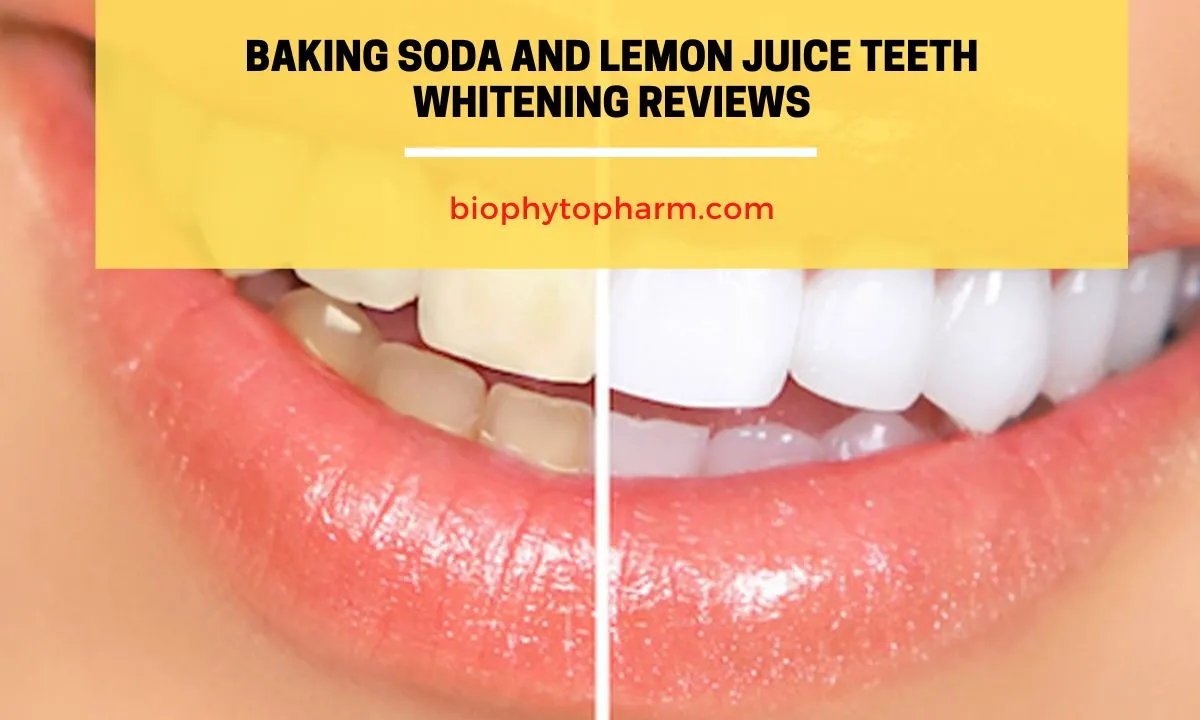
Tooth Sensitivity
One of the most common side effects is increased tooth sensitivity. This can manifest as discomfort when consuming hot or cold foods and drinks. The acidic nature of lemon juice and the abrasive action of baking soda can contribute to this. If you experience heightened sensitivity, it’s crucial to discontinue the use of this method and consult with your dentist to assess the damage.
Enamel Erosion
The most significant long-term risk is the erosion of tooth enamel. Enamel protects your teeth from damage, and once it’s gone, it cannot be restored. Erosion increases your risk of cavities, tooth decay, and discoloration. Over time, the loss of enamel can lead to more complex and costly dental procedures. Regular dental check-ups are essential for early detection of enamel erosion.
Gum Irritation
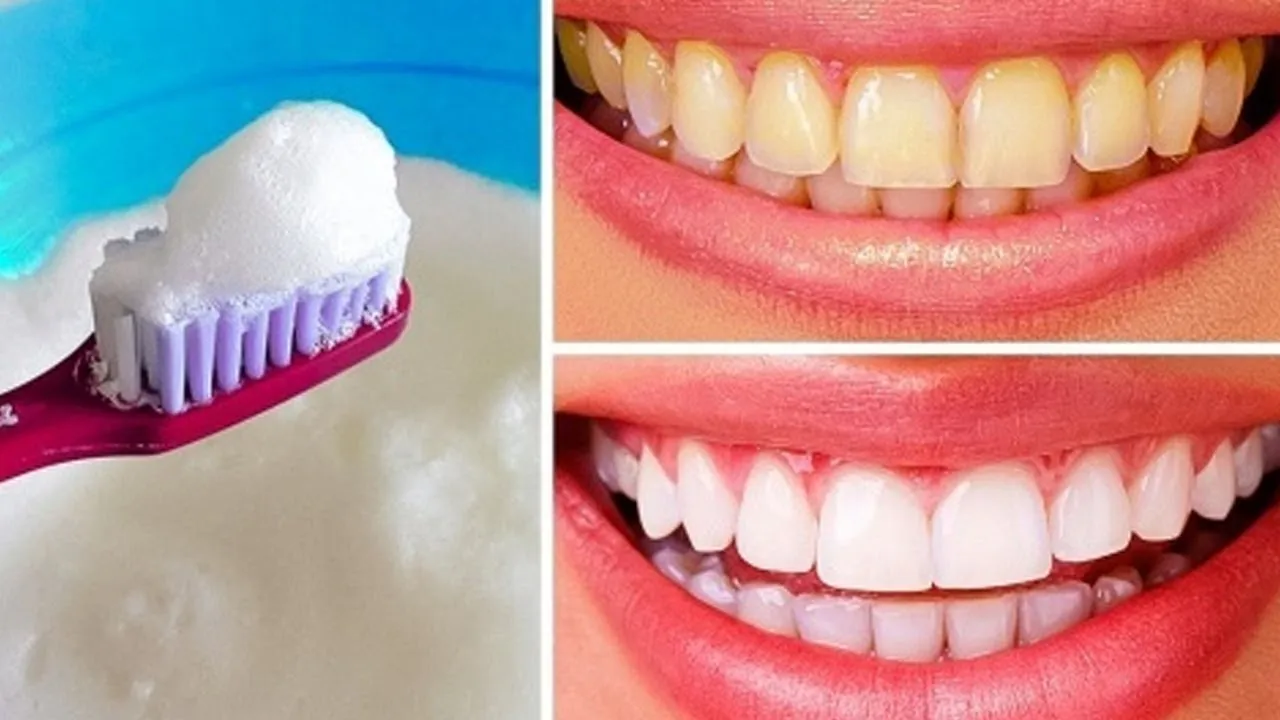
Baking soda and lemon juice can irritate gum tissue. This can lead to inflammation, redness, and even bleeding. If you experience these symptoms, it’s best to stop using the mixture immediately. Proper oral hygiene, including gentle brushing and flossing, is essential to maintain healthy gums. Regular dental visits can help identify and treat gum irritation before it leads to more serious problems.
Safer Alternatives to Consider
Explore alternatives for safer teeth whitening. Over-the-counter whitening products, such as whitening toothpaste, strips, and gels, often contain hydrogen peroxide or other bleaching agents that are formulated to be safer for teeth. Professional teeth whitening treatments performed by a dentist are the most effective and safest option. In addition to these methods, maintaining a good oral hygiene routine, including regular brushing, flossing, and dental check-ups, is crucial for preserving the natural whiteness of your teeth. Consider limiting your intake of staining foods and beverages.
